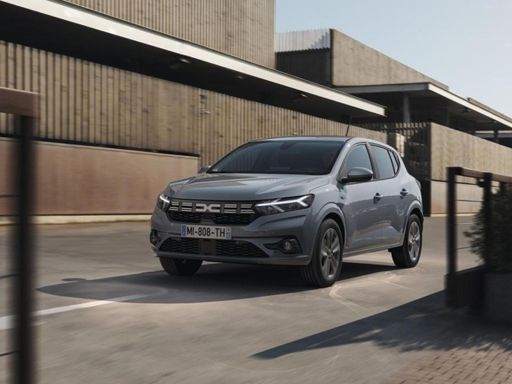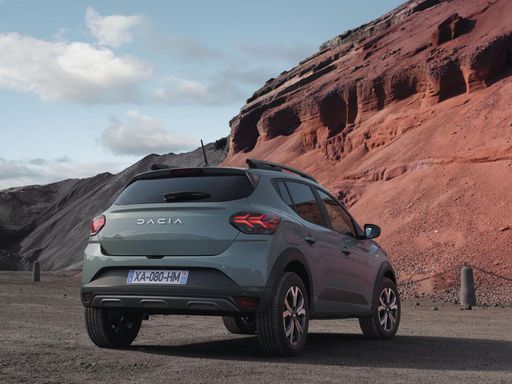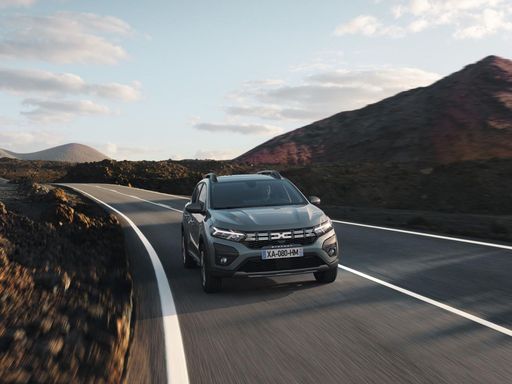Introducing the B-Segment Contenders: Dacia Sandero vs. Fiat Grande Panda
In the automotive landscape, the Dacia Sandero and the Fiat Grande Panda represent distinct philosophies within the competitive B-segment. While the Sandero offers practicality at an affordable price, the Grande Panda seeks to blend urban agility with modern-day electrification, particularly in its hybrid and electric variants. Let's delve deeper into their specifications, innovations, and see which one might suit your needs.



